|
As I set out to create a blog about reusable menstrual products, I knew I wanted to start by explaining how to take care of them. When I started explaining how to take care of them, I realized quickly that it can get confusing and very wordy to explain. At the same time, it's also NOT really that difficult to care for them. I wanted to find a way to both communicate the important details that make this process work smoothly AND show how simple the process really is. So I wrote some detailed posts explaining all the details of washing and storing cloth pads. Then I took all that information and distilled it into visual form in the form of this flow chart. Behold! The simplest way I can think of (so far) to demonstrate the most important details about how to care for reusable cloth pads. Do you have additional questions about caring for cloth pads? Comment below and I'll be sure to address it in a future post!
For more details about each type of pad, see the following posts: How to Wash Cloth Menstrual Pads How to Wash Cloth Incontinence Pads How to Store Clean Cloth Pads How to Store Used Cloth Pads
0 Comments
Storage is a little detail that might baffle a new cloth pad user. Frankly, storing them when they are clean is pretty fool-proof, but I wanted to share some ideas in this post to inspire you as you figure out the best way for you to store your pads. (Storing them once they are used can be a little more nuanced, so watch out for a separate post about that!) 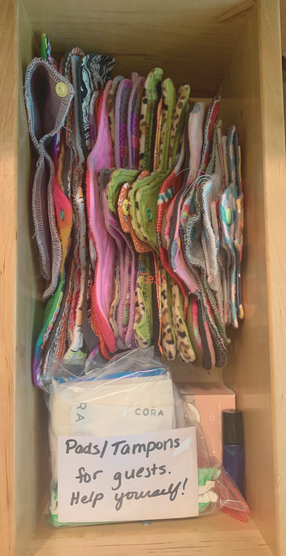 How to Store Clean Cloth Pads Clean pads can be stored any way you like! Make it easy on yourself - I recommend storing them in the bathroom where you most commonly will need them, in an easy-to-reach location. Here are some crowd-sourced ideas for storage:
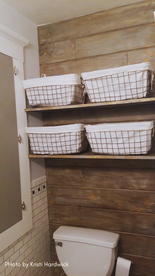 2. Baskets/Bins. If you don’t have or want to use a drawer, a basket can be a nice storage solution. You could use a shelves and a collection of wire baskets similar to the ones used by this pad user. I love this idea because it gives you lots of spots to store a variety of bathroom items. Very handy! 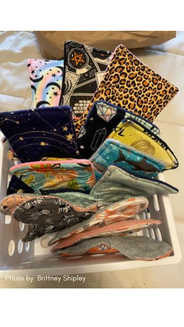 Another basket option could be very simple - just a basic Sterilite-type basket you might even have laying around already! If not, I recommend something like this short basket or this taller option. I love how this user was able to get her pads stored vertically - it gives her space to let her see her options throughout her cycle and choose exactly which pretty pad she'd like to grab! 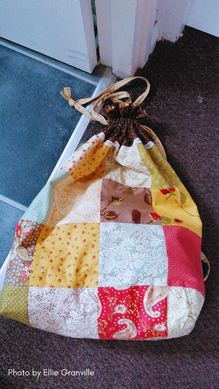 3. Bag. You can use any bag you like to store cloth pads between uses. A simple drawstring bag is a great option is nice because it makes the whole collection easy to grab if you know you are going to be out of town when you’ll need them! 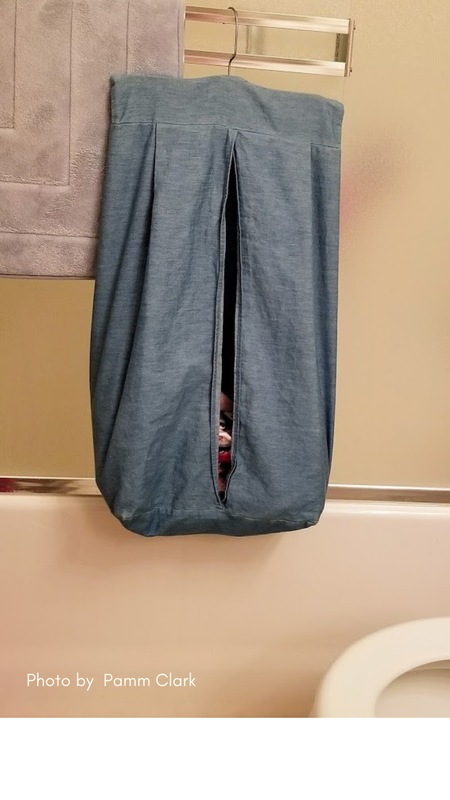 4. Diaper Stacker. This storage solution is similar to a bag, but can be hung in a closet while not being used and moved to a towel or shower bar when needed. Highest praise if you can upcycle or thrift one! If not, try this nice neutral diaper holder. Do you have a clever storage solution we haven’t mentioned here? Leave a comment to let us know! If you have a photo to share, you can always message us (use the blue button in the lower right of the website!) and perhaps we can share it with other users!
Caring for reusable incontinence/bladder pads is quite similar to caring for menstrual pads, but may require a slightly different approach – which is why I’m writing a separate post to address some particularities. With all cloth pads, are three steps in a solid cloth pad care routine that can help you take good care of your reusable investment: pre-wash, wash, dry. Pre-Wash – Here is where you might really save time when compared to pads used for menstrual flow! There’s no need to sort your pads or do multiple soaks! YAY – it’s not every that we get to celebrate the joys of bladder leakage management! You have a whole menu of options for pre-washing your pads - see the graphic below for all the options! You may choose to perform any of these steps as needed with your pads – there’s. no one-size-fits-all strategy. What you choose to do for your pre-washing depends on many factors – your water, your pads, your body, how long you store your pads before washing. Wash - Once you have soaked and rinsed your pads, they are ready to be washed. They may be washed in any load of laundry using your laundry routine, without fabric softener. Do not wash a small load of pads alone – your machine likely will not agitate them enough to complete the cleaning process. I like washing pads with my towels, but at this point the pads are clean enough to go in any load of laundry you like. I recommend a warm water wash and cold rinse, with regular Tide powder as your detergent. (I’ll be writing a post soon that dives deep into cleaning product options!). However, if you follow the pre-washing steps above, your routine of choice should be absolutely fine…as long as you do NOT use fabric softener. 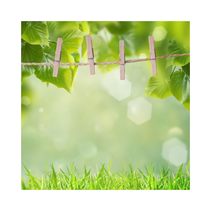 Dry – I recommend hang drying for cloth incontinence pads. A drying strap can make this easier! Because incontinence pads usually use PUL fabric to make them truly waterproof, it is particularly important that you avoid high heat! If you choose to use a dryer for your cloth pads, choose a low/medium heat setting and avoid dryer sheets. I hope that is EVERYTHING you ever wanted to know about washing cloth menstrual pads. Although it seems like a lot of information, actual time you will spend on this monthly should be quite low. If you have lingering questions, please leave them below our use the “Message Us” feature of the website to reach out. More information: How to Wash Your Cloth Menstrual Pads Whether you are new to the world of reusable cloth pads or an old pro, how to wash them is a major question. Every user has their own preferences for how to store, wash, and dry their pads. This post is a detailed collection of suggestions, for those of you who like details! A short, visual infographic will be coming soon for the rest of you. There are three steps in a solid cloth pad care routine that can help you take good care of your reusable investment: pre-wash, wash, dry. 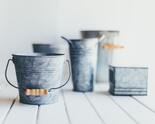 Pre-Wash – The first step is the most time-consuming, though it shouldn’t take you more than 10 minutes of active time. Here’s a step-by-step breakdown:
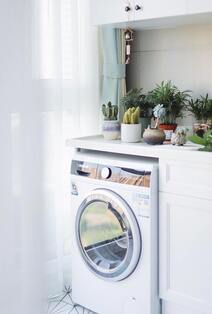 Wash - Once pads are free of surface markings, they are ready to be washed. They may be washed in any load of laundry using your laundry routine, without fabric softener. I recommend a warm water wash and cold rinse, with regular Tide powder as my detergent. (I’ll be writing a post soon that dives deep into cleaning product options!). However, if you follow the pre-washing steps above, your routine of choice should be absolutely fine…as long as you do NOT use fabric softener. **BONUS TIP: Do not wash a small load of pads alone – your machine likely will not agitate them enough to complete the cleaning process. As mentioned above, I like washing pads with my towels, but at this point the pads are clean enough to go in any load of laundry you like.** Dry – You can choose your own adventure when it comes to drying your pads. Pads may be dried in the dryer on medium heat or hung to dry. Drying in the dryer leads to softer pads. Avoid high heat as it can damage waterproof materials. You may add wool dryer balls for extra softening. Do not use dryer sheets.
I hope that is EVERYTHING you ever wanted to know about washing cloth menstrual pads. Although it seems like a lot of information, actual time you will spend on this monthly should be quite low. If you have lingering questions, please leave them below our use the “Message Us” feature of the website to reach out. Note: This post is specific to the care of pads used for menstrual flow. See this post if your pads are primarily used for urinary incontinence. |
Sarah PeshekMaker of reusable goodness. Categories |
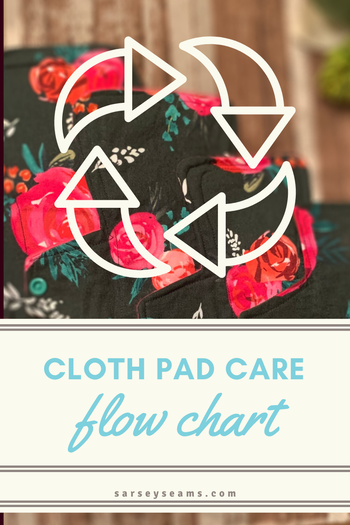
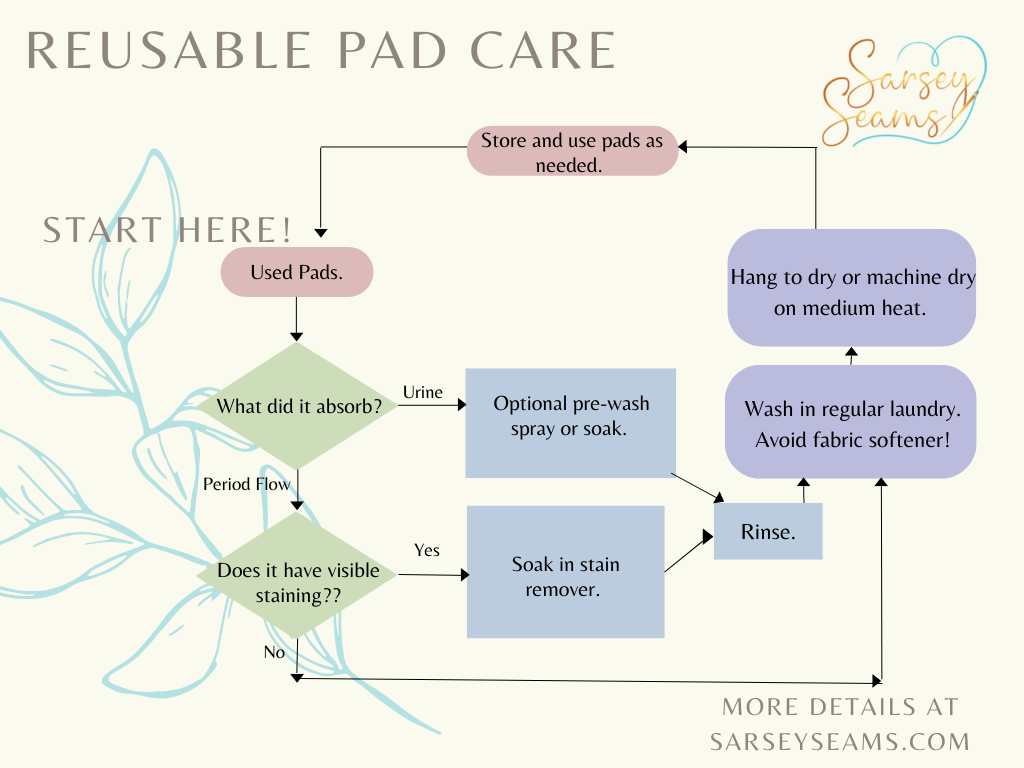
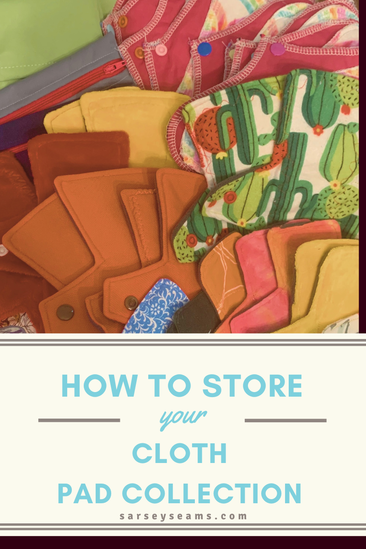
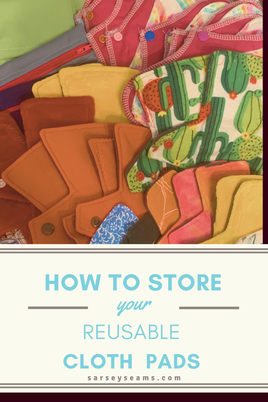
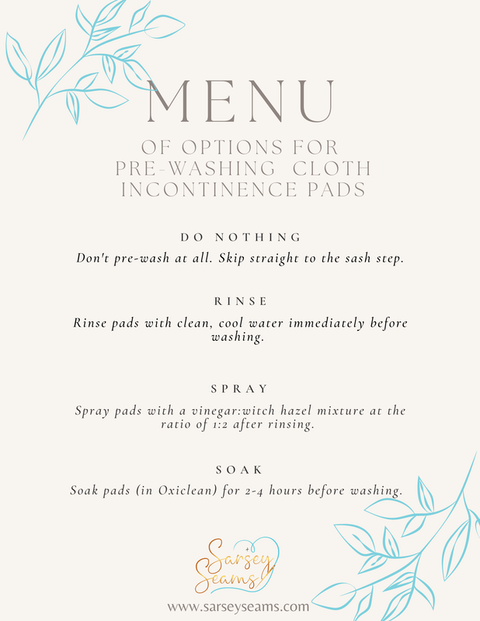
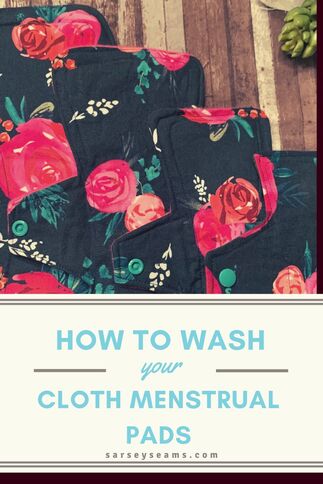
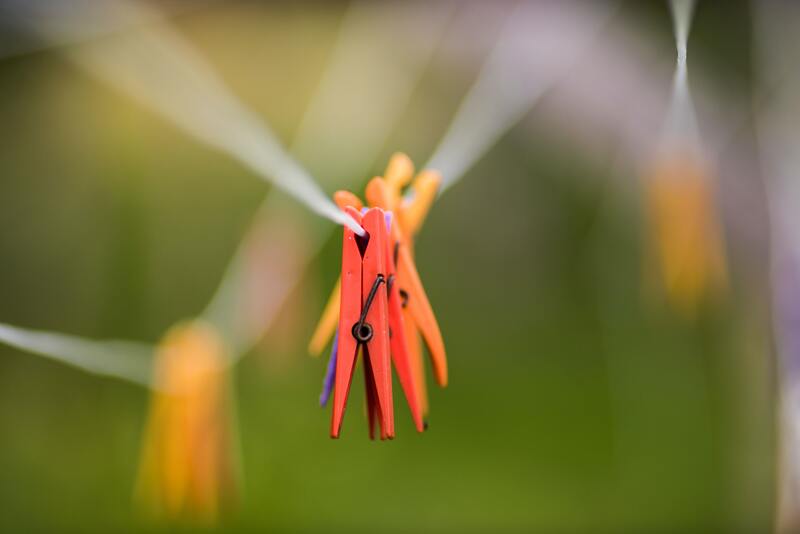
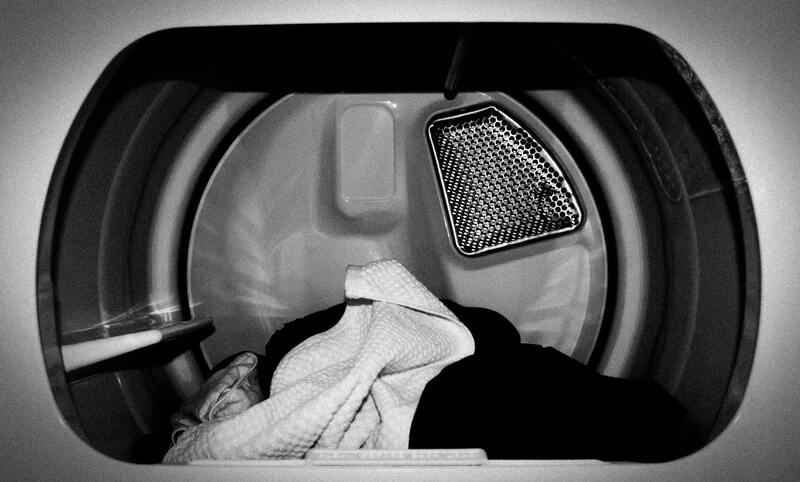
 RSS Feed
RSS Feed